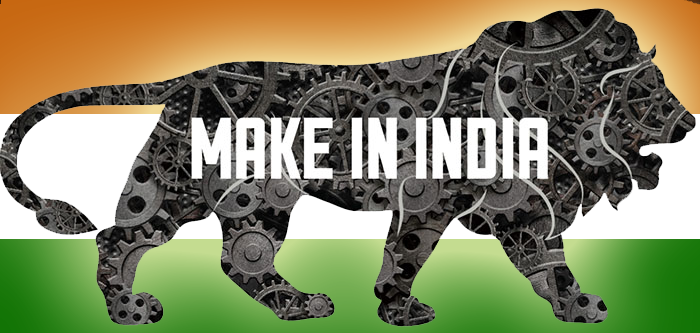NCERT Prescription
Astronomy is no doubt one of the most interesting subjects for students. They simply love it. It has universal reach, appeal and applicability.
"Twinkle twinkle little star,
How I wonder what you are"
How I wonder what you are"
Star gazing is an exhilarating experience. Our fascination and inquisitiveness with astronomy starts right from Kindergarten onward. The mesmerizing night sky has always been a source of inspiration to story tellers, poets, philosophers and last but not the least scientists.
Unfortunately all schools boards in India and NCERT are conspicuously silent about the astronomy topics.
Unfortunately all schools boards in India and NCERT are conspicuously silent about the astronomy topics.
NCERT Prescription on Astronomy (page reference NCERT Syllabus Class 1 to 5 and 6 to 8 - 2005)-
| Class - 5 | Book EVS - Ride on a spacecraft | Page No. 133 |
|---|---|---|
|
What all do you see in the sky - at day time? and at night? How many of the things you see in the sky are man made? Have you heard of people travelling in spacecraft? The sky in the day and night. Basic exposure to the aerial view of the earth and what India looks like from there. Story of Rakesh Sharma/ Kalpana Chawla. Observation from a terrace to draw its aerial view. Imagine yourself in a spacecraft giving an interview to the PM about what you see from there! |
||
| Class - 6 | Book - Social Science | Page No. 173-174 |
|
Planet: Earth in the solar system: To understand the unique place of the Earth in the solar system, which provides ideal condition for all forms of life, including human beings.
(Periods-8)
Globe: the model of the earth, latitudes and longitudes; motions of the earth - rotation and revolution.
To understand two motions of the earth and their effects.
(Periods-12)
Project/ Activity: Make a chart showing distance of the planets from the sun.
|
||
| Class - 7 | Book - Social Science | Page No. 174 |
|
Natural Environment: Land - interior of the earth, rocks and minerals, earth movements and major land forms.
To explain the components of natural environment.
To appreciate the interdependence of these components and their importance in our life.
To appreciate and develop sensitivity towards environments.
(Periods-12)
|
||
| Class - 8 | Book - Science - Night Sky | Page No. 160 |
|
What do we see in the sky at night? How can we identify stars and planets?
Idea about heavenly bodies/ celestial objects and their classification - moon, planets, stars, constellations. Motion of celestial objects in space, the solar system.
Observation of motion of objects in the sky during the day and at night.
models, charts, role-play and games, planetarium.
Observing and identifying the objects moving in the sky during the day and at night. Observing and identifying some prominent stars and constellations. Observing and identifying some prominent planets, visible to the naked eye, (Venus, Mars, Jupiter) in the night sky and their movement. Design and preparing models and charts of the solar system, constellations, etc. Role play and games for understanding movement of planets, stars etc.
|
||
| Class - 11 | Book - Geography | Page No. 103 |
|
Unit II: The Earth Origin and evolution of the Earth, Interior of the Earth, We gener's continental drift theory and plate tectonics, Earthquakes and volcanoes. (Periods-12)
|
||
NCERT Books that cover Planetarium Education Topics :
| Class | Books |
|---|---|
| 3 | EVS - World Around us |
| 5 | EVS - Adventure Time |
| 6 | Social Science - Wonders in the sky, Globe & Tides, Latitudes and Longitudes, Motion of the Earth, Major domains of the Earth |
| 8 | Science - Stars and the Solar System |




